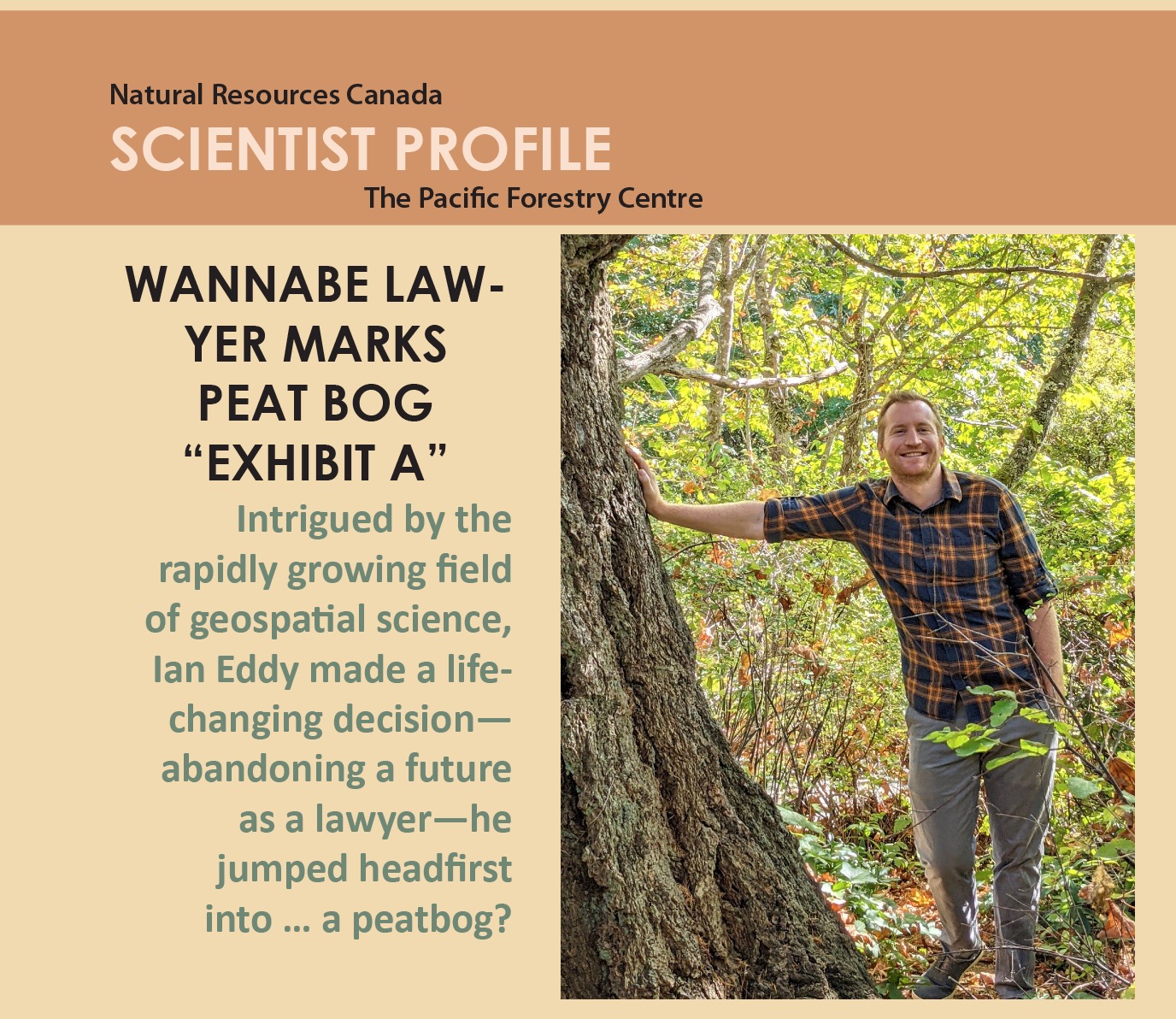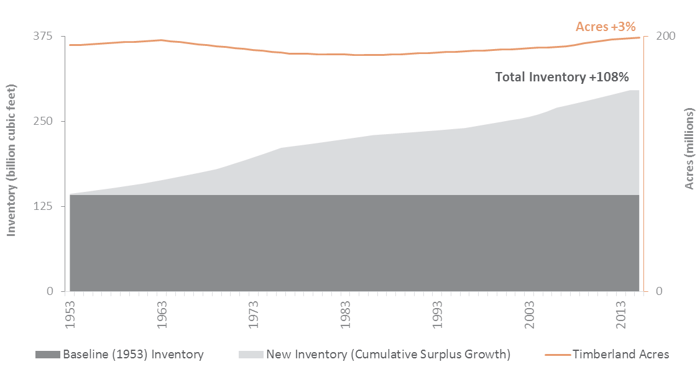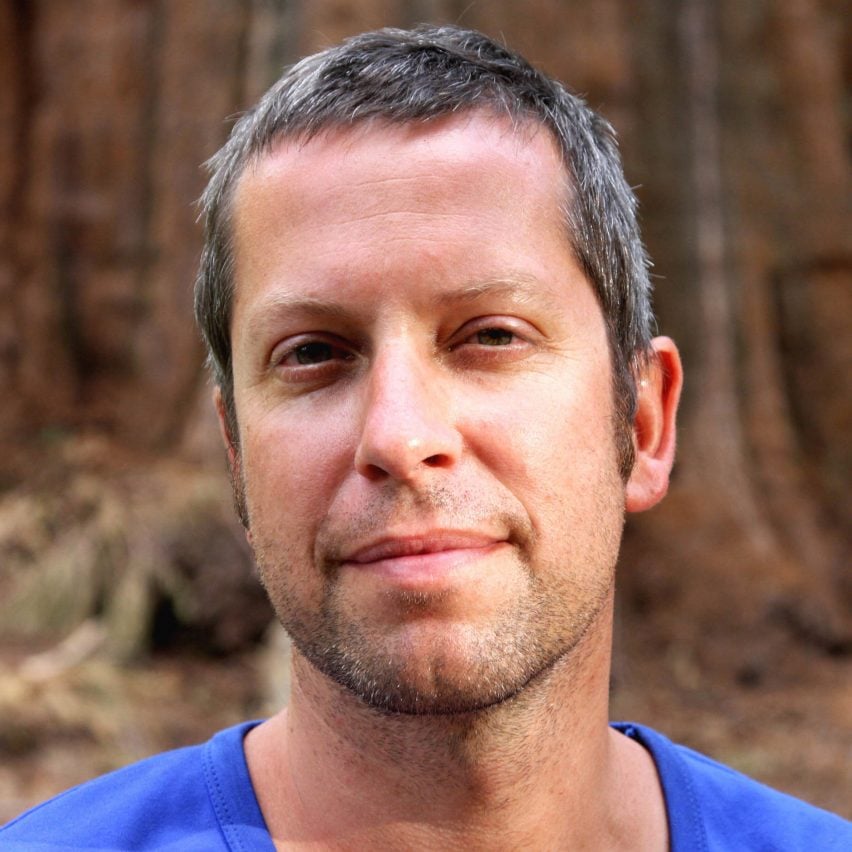 Surging construction costs, supply chain snarls and unprecedented demand led to something of a wild ride for lumber prices at the height of the COVID-19 pandemic. …According to Vancouver-based consultant Russ Taylor prices are around 50% above what would traditionally be considered a good market, although inflation, rising interest rates and cooler demand in the DIY market mean they’re likely to decline imminently. …Some of the challenges associated with the pandemic appear to be easing, with more mills now able to operate, produce lumber and bring supply into the market. …While the supply problem in the market is easing, inventory is still “quite low,” meaning that those who need to buy at present are propping up lumber prices to some degree. However, that situation will probably end before the season is out, according to Taylor, as some construction pauses due to summer breaks or hot weather.
Surging construction costs, supply chain snarls and unprecedented demand led to something of a wild ride for lumber prices at the height of the COVID-19 pandemic. …According to Vancouver-based consultant Russ Taylor prices are around 50% above what would traditionally be considered a good market, although inflation, rising interest rates and cooler demand in the DIY market mean they’re likely to decline imminently. …Some of the challenges associated with the pandemic appear to be easing, with more mills now able to operate, produce lumber and bring supply into the market. …While the supply problem in the market is easing, inventory is still “quite low,” meaning that those who need to buy at present are propping up lumber prices to some degree. However, that situation will probably end before the season is out, according to Taylor, as some construction pauses due to summer breaks or hot weather.
“Unlike the first half of the year where it was too much demand and not enough supply, now it’s going to be too much supply, not enough demand,” he explained. “My expectation is we’re going to see some further price reductions into the third quarter – but probably not for a little while.” Taylor expects prices to correct by another 25% to 35% to somewhere in the low-to-mid-$500s – although that would still keep them well above historical and pre-pandemic levels. …The futures market is seeing lumber trading at $655 for July to September, even higher than its current levels. Still, that should be taken with a pinch of salt, Taylor said. “It’s just that it doesn’t really reflect reality – but it is reflecting some bullishness right now because the market is a bit tight,” he said. …“I think by the end of July into August, we’ll see a correction and we’ll see where futures are trading then.”
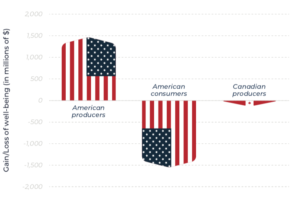
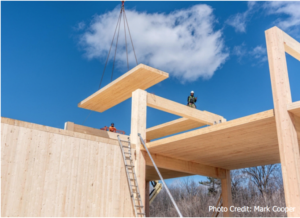
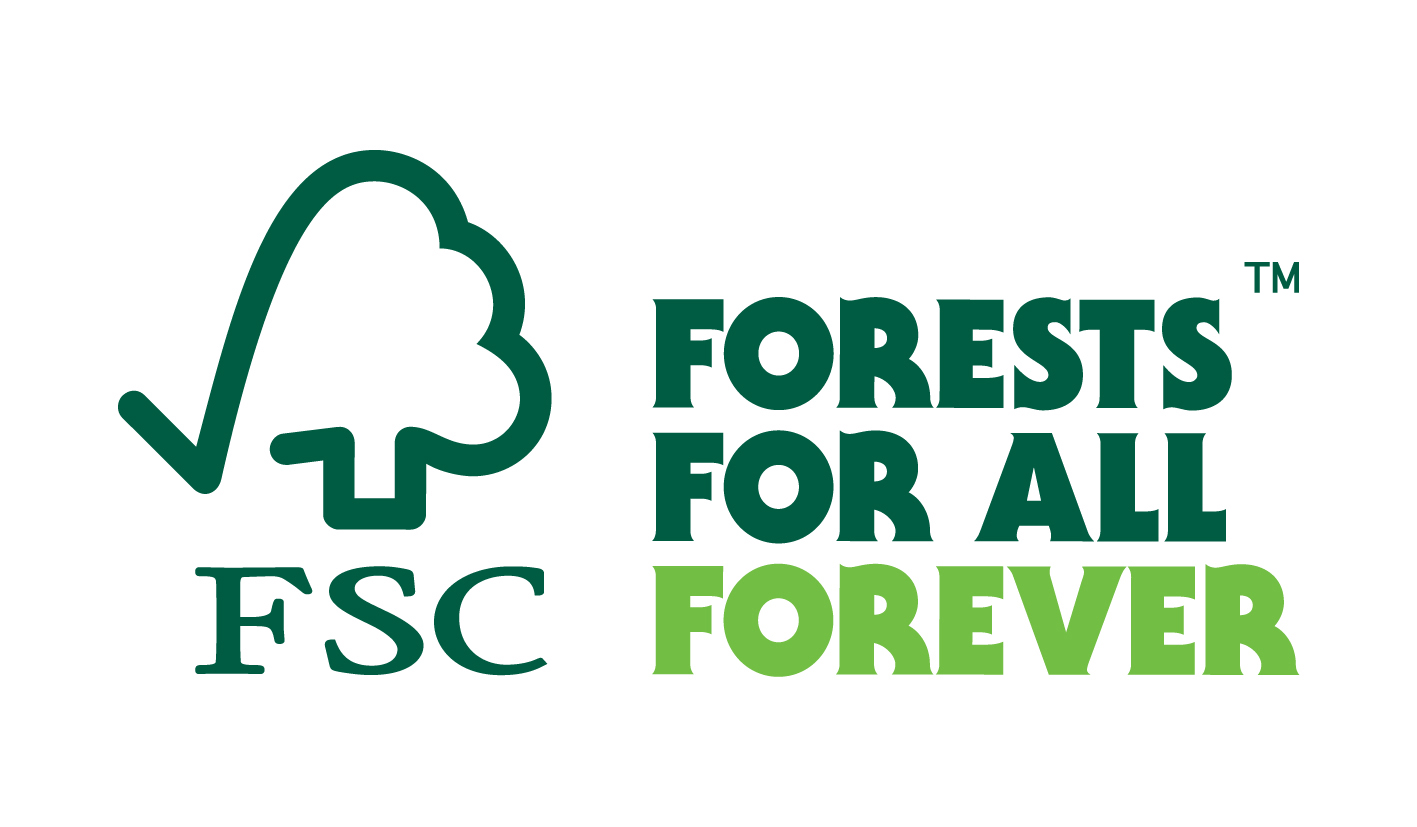 Toronto, Canada—FSC Canada congratulates the City of Toronto for incorporating mass timber as part of an
Toronto, Canada—FSC Canada congratulates the City of Toronto for incorporating mass timber as part of an 
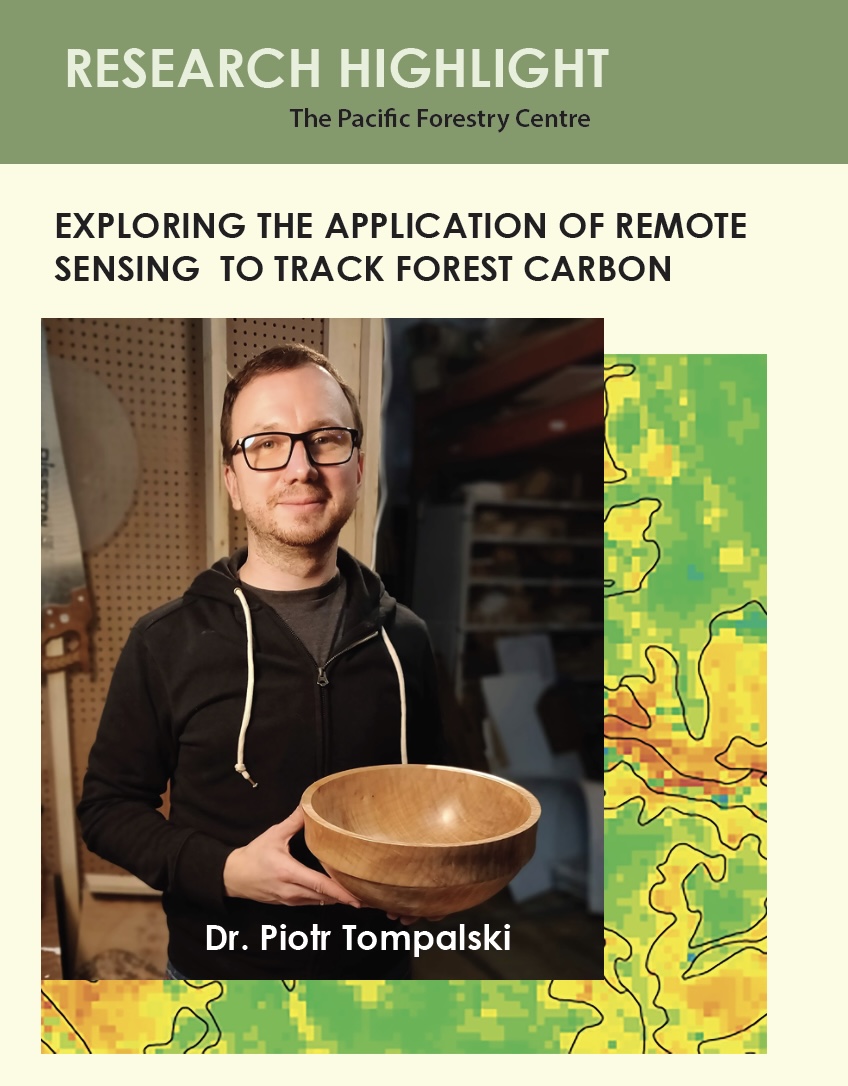 Through carbon capture and sequestration, Canada’s forests play a critical role in the fight against climate change. Carbon gains have been realized through world-class sustainable forest management while at the same time, insects, wildfire, and other natural disturbance impacts work to release carbon back into the atmosphere. To monitor and help manage forest carbon stocks, the Government of Canada has developed a sophisticated approach to carbon accounting and reporting. A highly specialized team of research scientists, programmers, analysts, and remote sensing specialists make up the Carbon Accounting Team in the Canadian Forest Service.
Through carbon capture and sequestration, Canada’s forests play a critical role in the fight against climate change. Carbon gains have been realized through world-class sustainable forest management while at the same time, insects, wildfire, and other natural disturbance impacts work to release carbon back into the atmosphere. To monitor and help manage forest carbon stocks, the Government of Canada has developed a sophisticated approach to carbon accounting and reporting. A highly specialized team of research scientists, programmers, analysts, and remote sensing specialists make up the Carbon Accounting Team in the Canadian Forest Service.



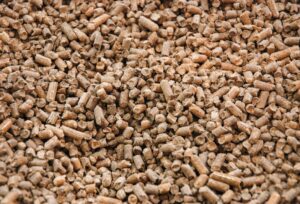 As of 2020, 22 per cent of Europe’s energy came from renewables. But 60 per cent of that is bioenergy – much of it wood biomass. It’s an industry that has come under intense scrutiny and criticism of late from environmentalists. …Despite what IPCC scientists say about bioenergy’s role in shifting the world’s energy generation away from fossil fuels like coal and natural gas, environmentalists say bioenergy’s climate benefits no longer add up. …As biomass energy demand grows, they say the industry is running out of wood waste and increasingly resorting to harvesting forests. BIV put that question to five scientists:
As of 2020, 22 per cent of Europe’s energy came from renewables. But 60 per cent of that is bioenergy – much of it wood biomass. It’s an industry that has come under intense scrutiny and criticism of late from environmentalists. …Despite what IPCC scientists say about bioenergy’s role in shifting the world’s energy generation away from fossil fuels like coal and natural gas, environmentalists say bioenergy’s climate benefits no longer add up. …As biomass energy demand grows, they say the industry is running out of wood waste and increasingly resorting to harvesting forests. BIV put that question to five scientists:




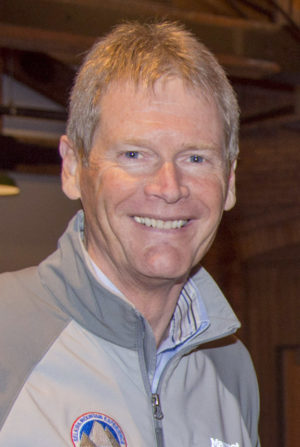
 Canfor was selected by Parks Canada through a competitive bid process to undertake a large-scale mechanical fuel reduction program on Pyramid Bench in Jasper National Park over winter 2018 – 2019. The project was designed to reduce the risk of severe wildfire impacting the town of Jasper, which had increased substantially due to the recent mountain pine beetle outbreak in the surrounding forest. The program demonstrated that mechanical harvesting can be successfully used as a tool to reduce forest fuels in environmentally sensitive locations with high recreational use adjacent to communities.
Canfor was selected by Parks Canada through a competitive bid process to undertake a large-scale mechanical fuel reduction program on Pyramid Bench in Jasper National Park over winter 2018 – 2019. The project was designed to reduce the risk of severe wildfire impacting the town of Jasper, which had increased substantially due to the recent mountain pine beetle outbreak in the surrounding forest. The program demonstrated that mechanical harvesting can be successfully used as a tool to reduce forest fuels in environmentally sensitive locations with high recreational use adjacent to communities.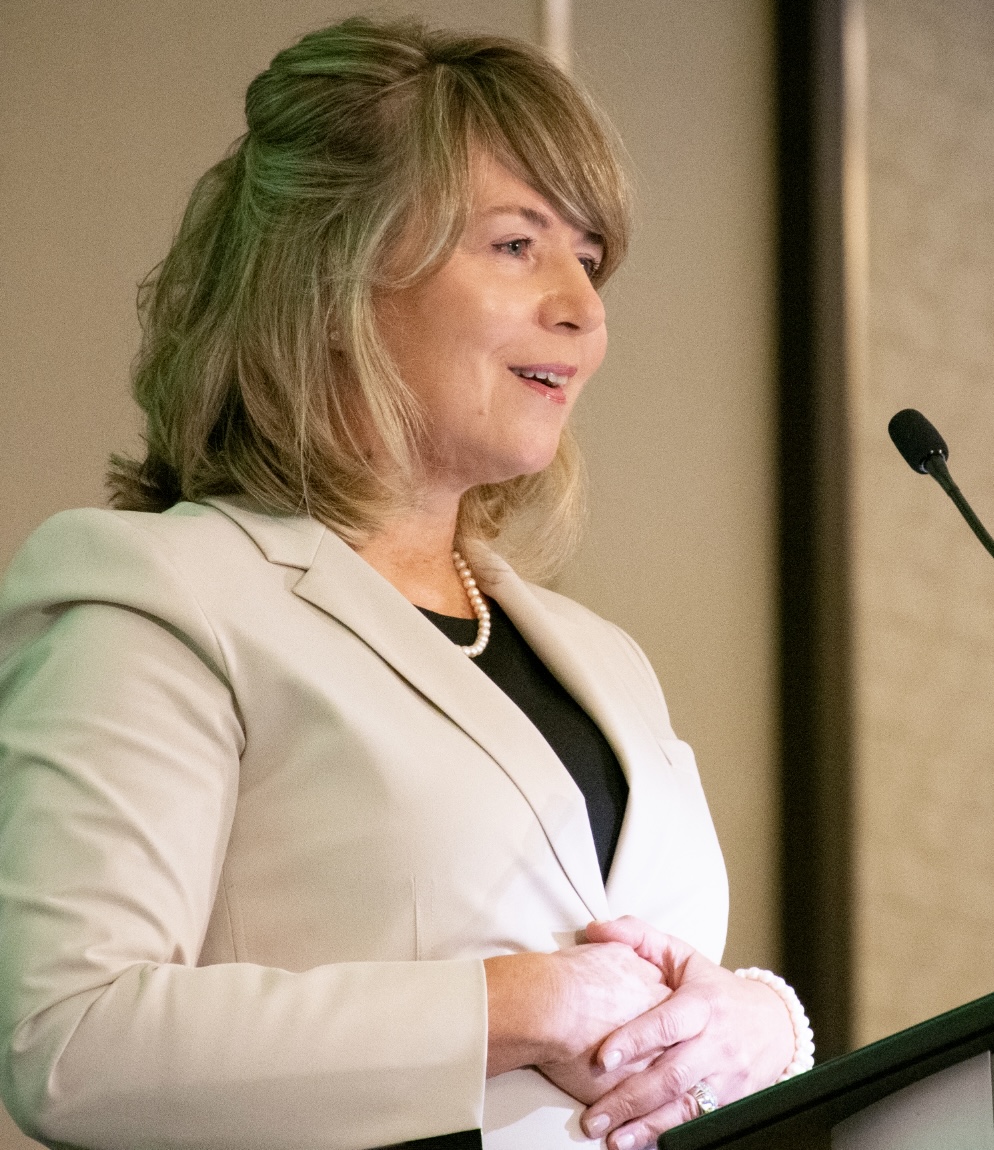 The Tree Frog News is pleased to present the full transcript of Susan Yurkovich’s Wrap Up at the 2021/22 COFI Conference. Susan is in a class of her own when it comes to putting on a major conference and simultaneously capturing the key highlights and lessons learned. As is past years, Susan’s summary is sure to be the most read story in Today’s Tree Frog News.
The Tree Frog News is pleased to present the full transcript of Susan Yurkovich’s Wrap Up at the 2021/22 COFI Conference. Susan is in a class of her own when it comes to putting on a major conference and simultaneously capturing the key highlights and lessons learned. As is past years, Susan’s summary is sure to be the most read story in Today’s Tree Frog News.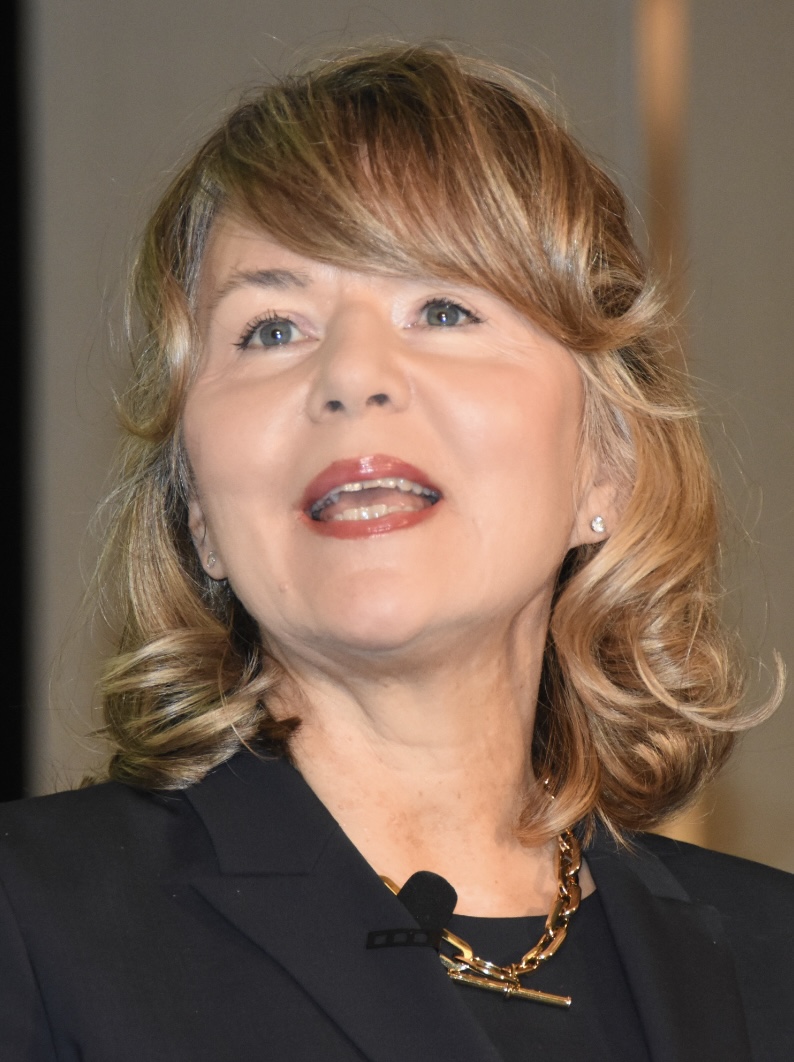 This week, almost 800 business, government, First Nations and community leaders have gathered in Vancouver for the B.C. Council of Forest Industries (COFI) annual convention—the first in-person version of the annual event since 2019. Susan Yurkovich, President and CEO of COFI opened the conference noting her delight to be in a (real) room connecting with so many provincial, municipal and First Nation and industry leaders. Noting the many issues the sector faces as it emerges from the pandemic, Yurkovich said, “there are lots of good people here with big ideas on how to build a strong economy and brighter future for our planet, where B.C.’s globally leading sustainable forestry practices and low-carbon forest products can play an outsized role.”
This week, almost 800 business, government, First Nations and community leaders have gathered in Vancouver for the B.C. Council of Forest Industries (COFI) annual convention—the first in-person version of the annual event since 2019. Susan Yurkovich, President and CEO of COFI opened the conference noting her delight to be in a (real) room connecting with so many provincial, municipal and First Nation and industry leaders. Noting the many issues the sector faces as it emerges from the pandemic, Yurkovich said, “there are lots of good people here with big ideas on how to build a strong economy and brighter future for our planet, where B.C.’s globally leading sustainable forestry practices and low-carbon forest products can play an outsized role.” 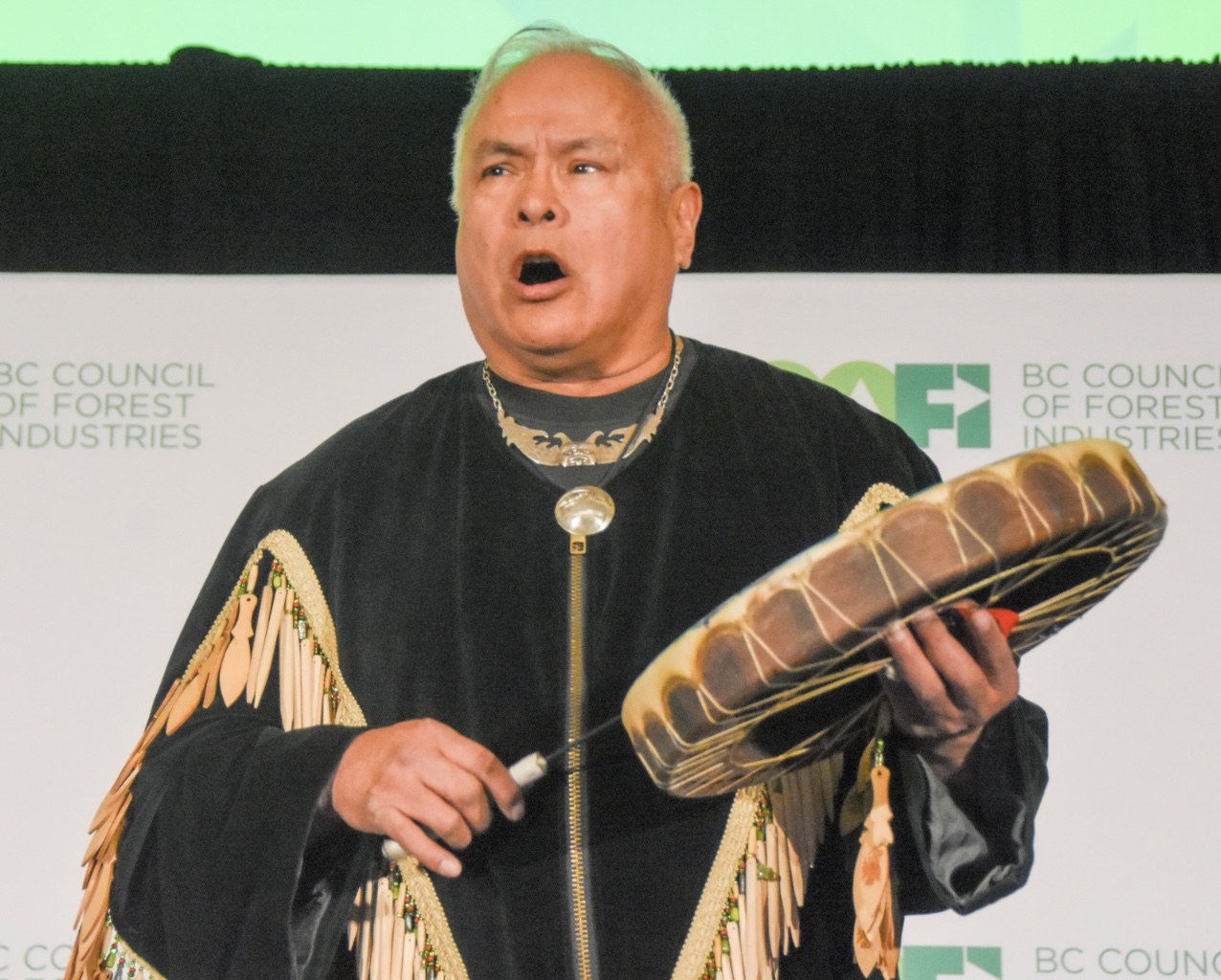
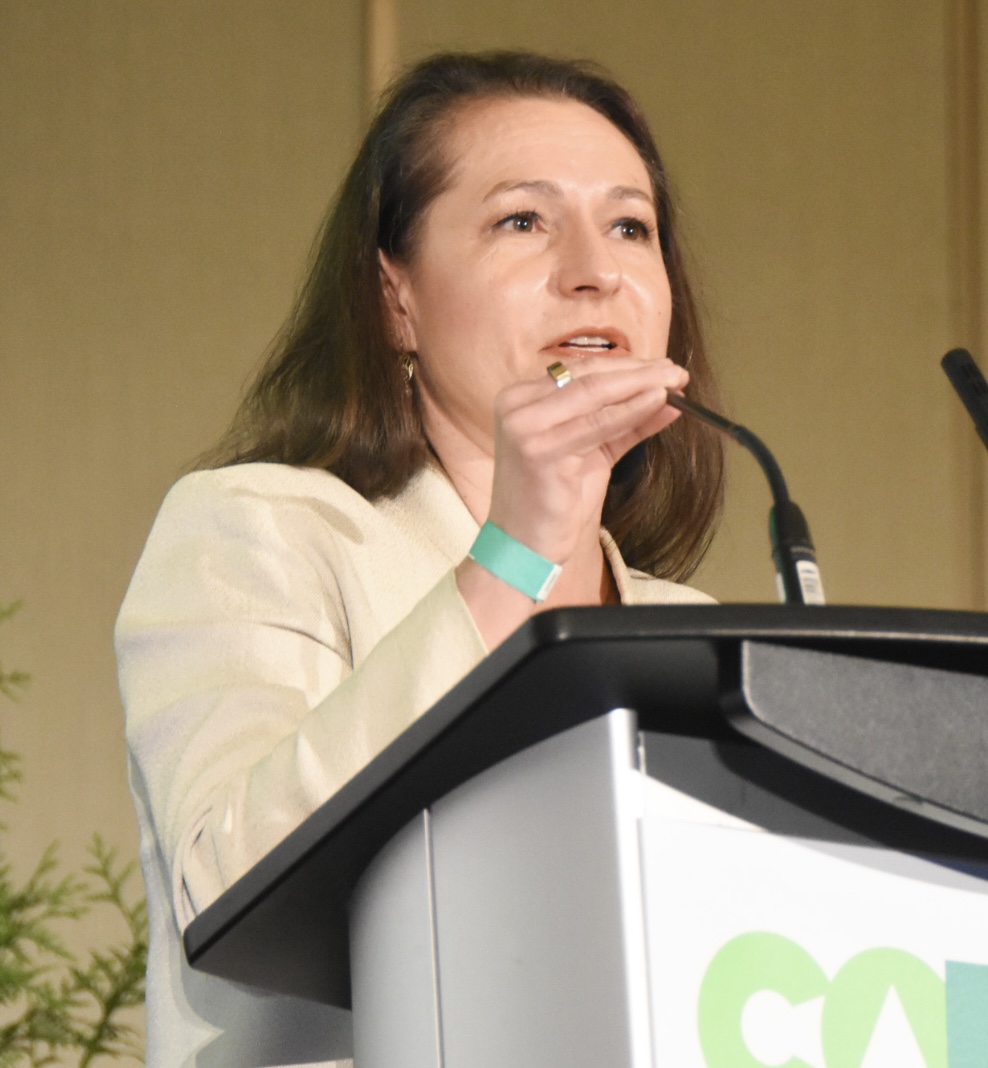
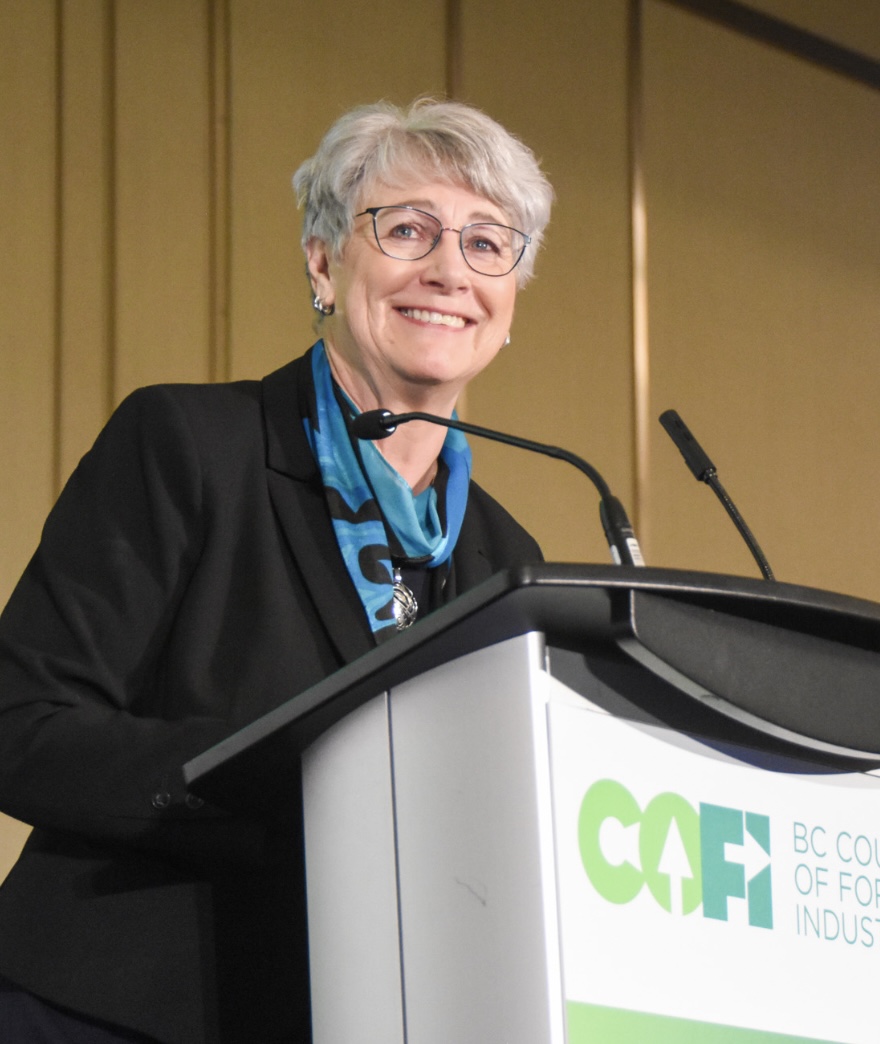
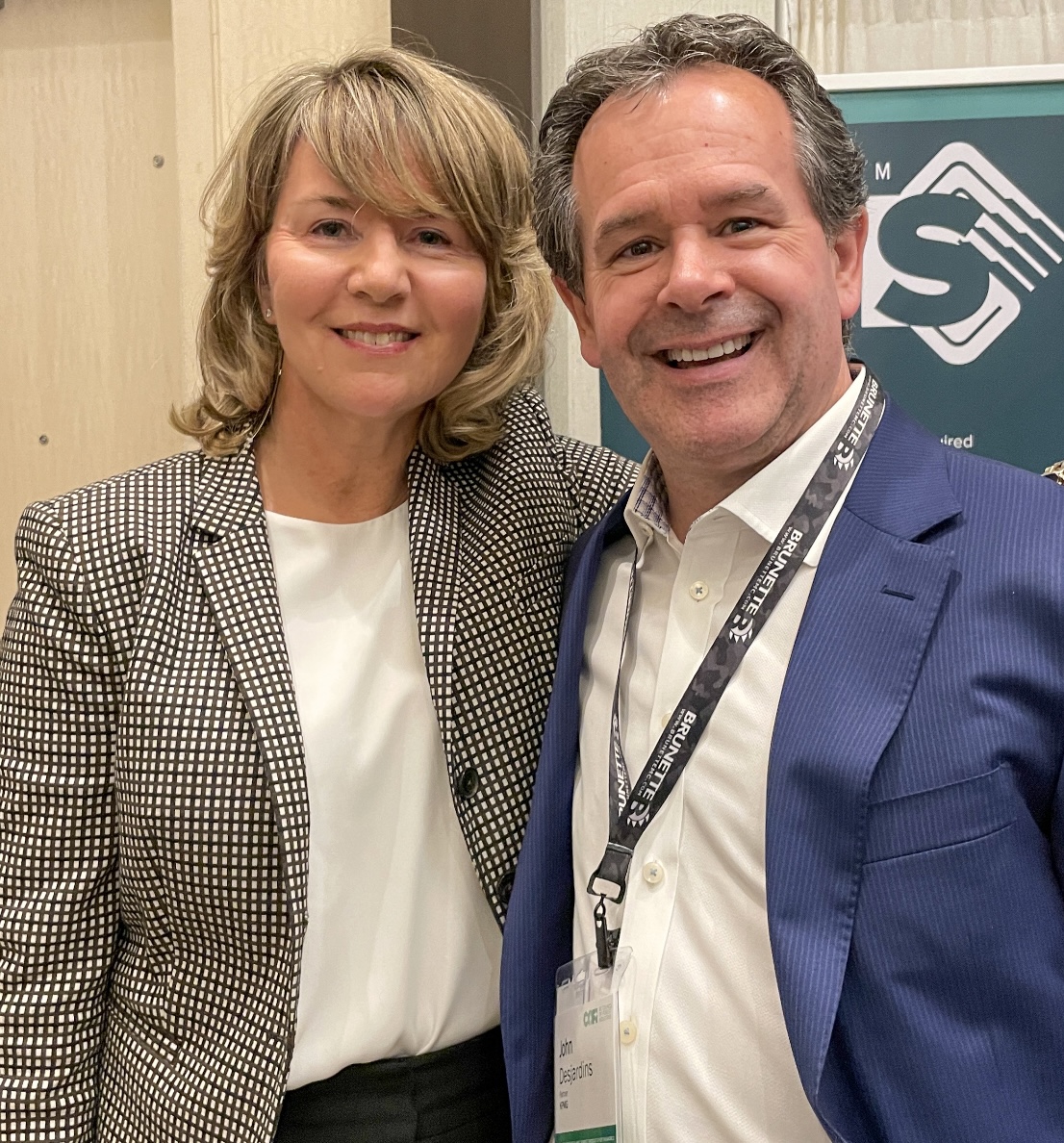
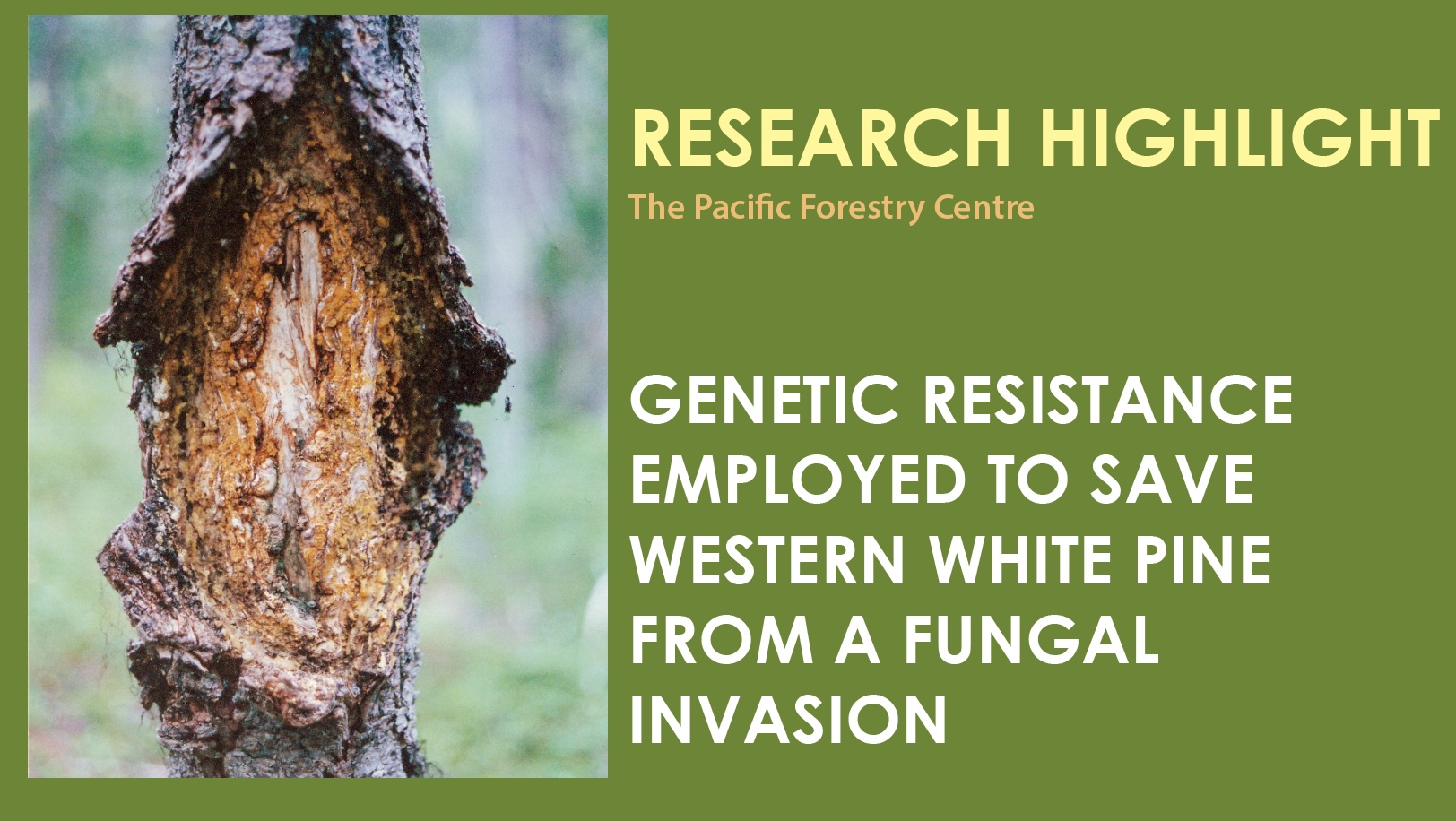 Western white pine is an important conifer species that produces highly prized straight-grained, non-resinous wood used in lumber and value-added products. Once prevalent in BC’s forests, this white pine species almost vanished when, in the early 20th century, an exotic pathogen called Cronartium ribicola was introduced into North America from Europe — killing up to ninety-five percent of Canada’s wild stands of western white pine. “This situation may become worse because climate change makes the race between trees and pathogens even more unpredictable,” said Dr. Jun-Jun Liu, a molecular forest pathologist working to save the threatened pines.
Western white pine is an important conifer species that produces highly prized straight-grained, non-resinous wood used in lumber and value-added products. Once prevalent in BC’s forests, this white pine species almost vanished when, in the early 20th century, an exotic pathogen called Cronartium ribicola was introduced into North America from Europe — killing up to ninety-five percent of Canada’s wild stands of western white pine. “This situation may become worse because climate change makes the race between trees and pathogens even more unpredictable,” said Dr. Jun-Jun Liu, a molecular forest pathologist working to save the threatened pines.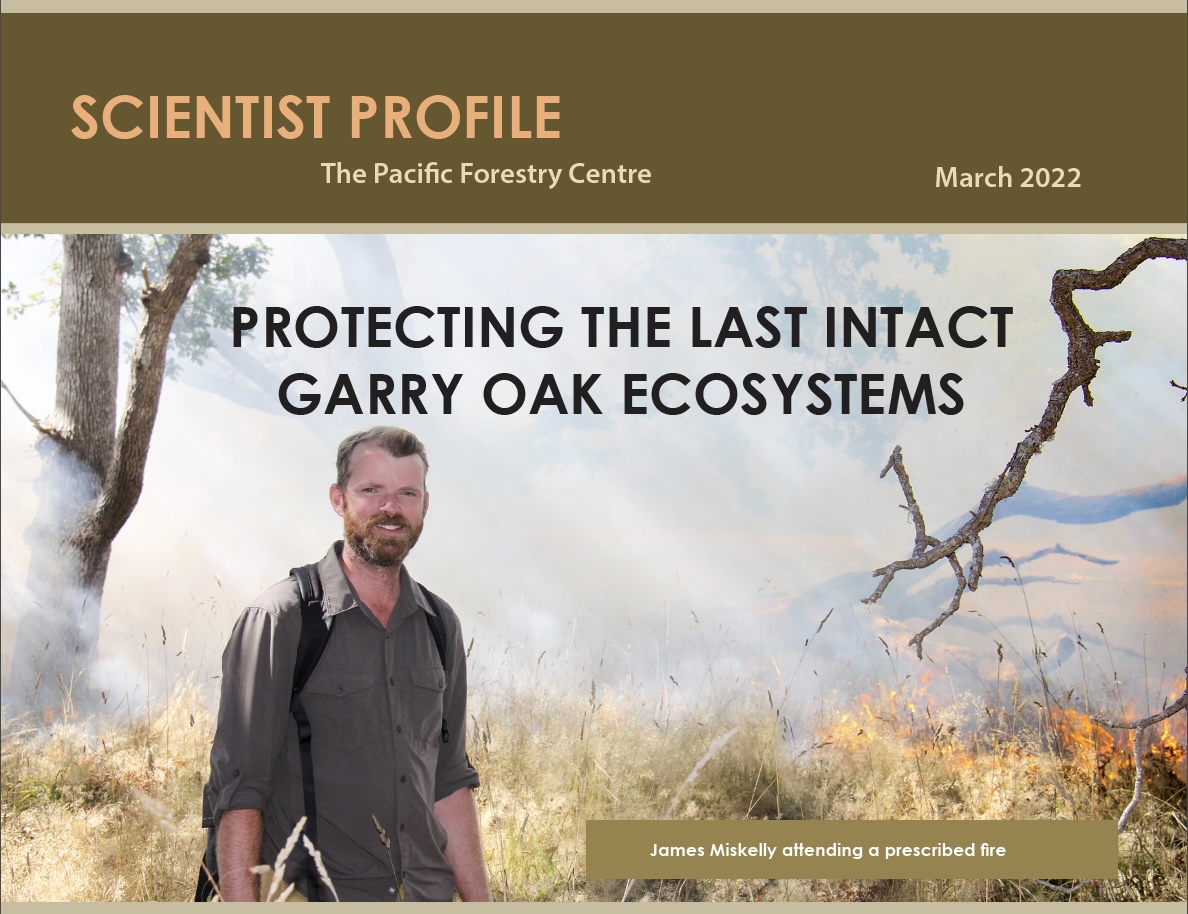

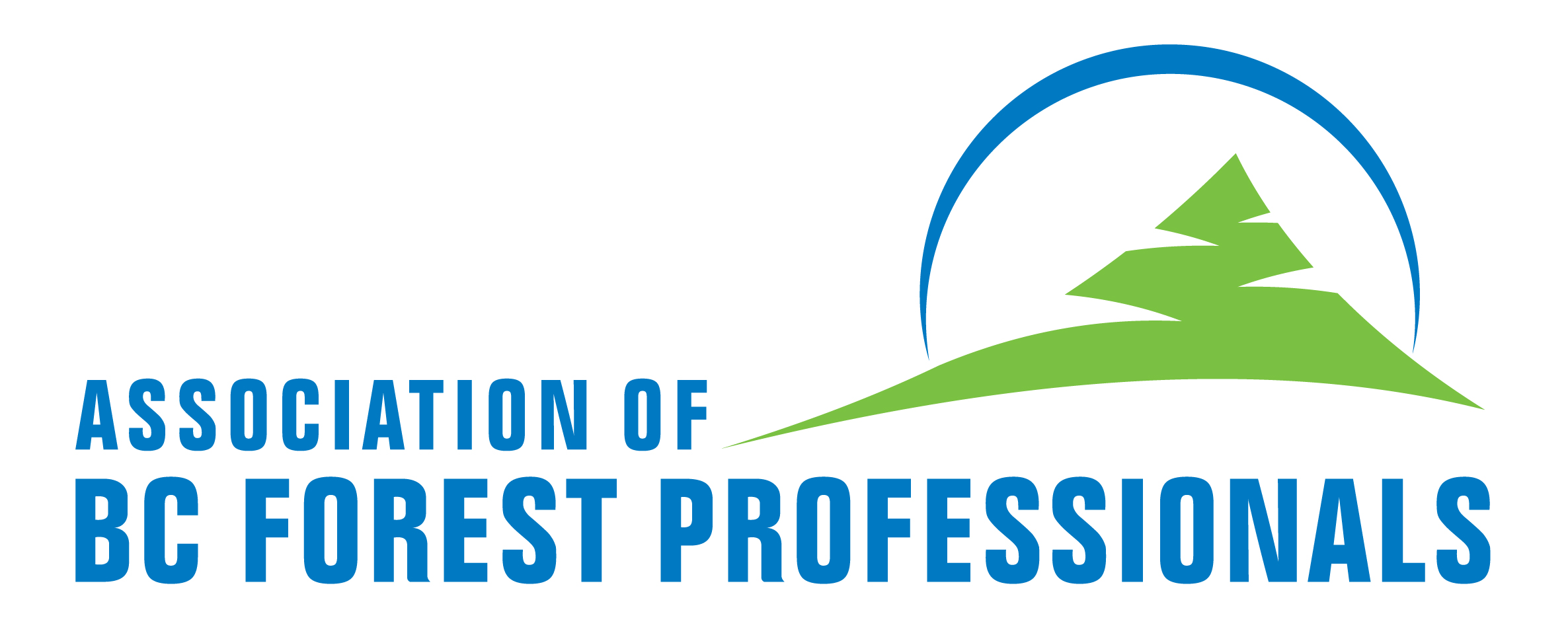 Vancouver — The Association of BC Forest Professionals is recognizing 17 forest professionals with awards for their outstanding service and contributions to bettering the practice of forestry across the province in 2021. “Peer recognition of a job well done or extended excellence over the course of a career is both humbling and meaningful to the forest professionals responsible for caring for one of BC’s most treasured resources,” said Garnet Mierau, RPF, ABCFP president. The awards are based on nominations submitted by other forest professionals. The winners were honoured at the ABCFP’s
Vancouver — The Association of BC Forest Professionals is recognizing 17 forest professionals with awards for their outstanding service and contributions to bettering the practice of forestry across the province in 2021. “Peer recognition of a job well done or extended excellence over the course of a career is both humbling and meaningful to the forest professionals responsible for caring for one of BC’s most treasured resources,” said Garnet Mierau, RPF, ABCFP president. The awards are based on nominations submitted by other forest professionals. The winners were honoured at the ABCFP’s 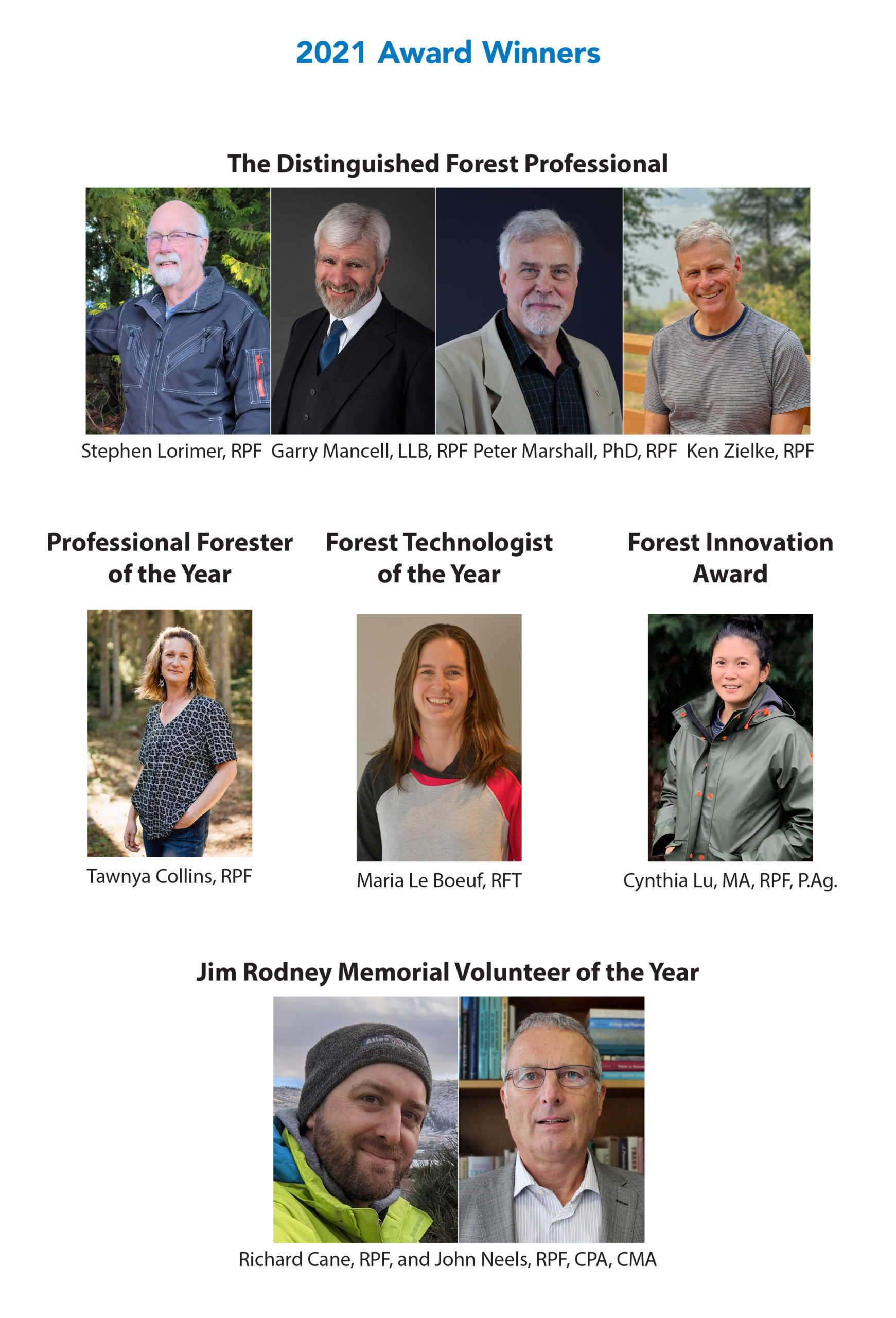

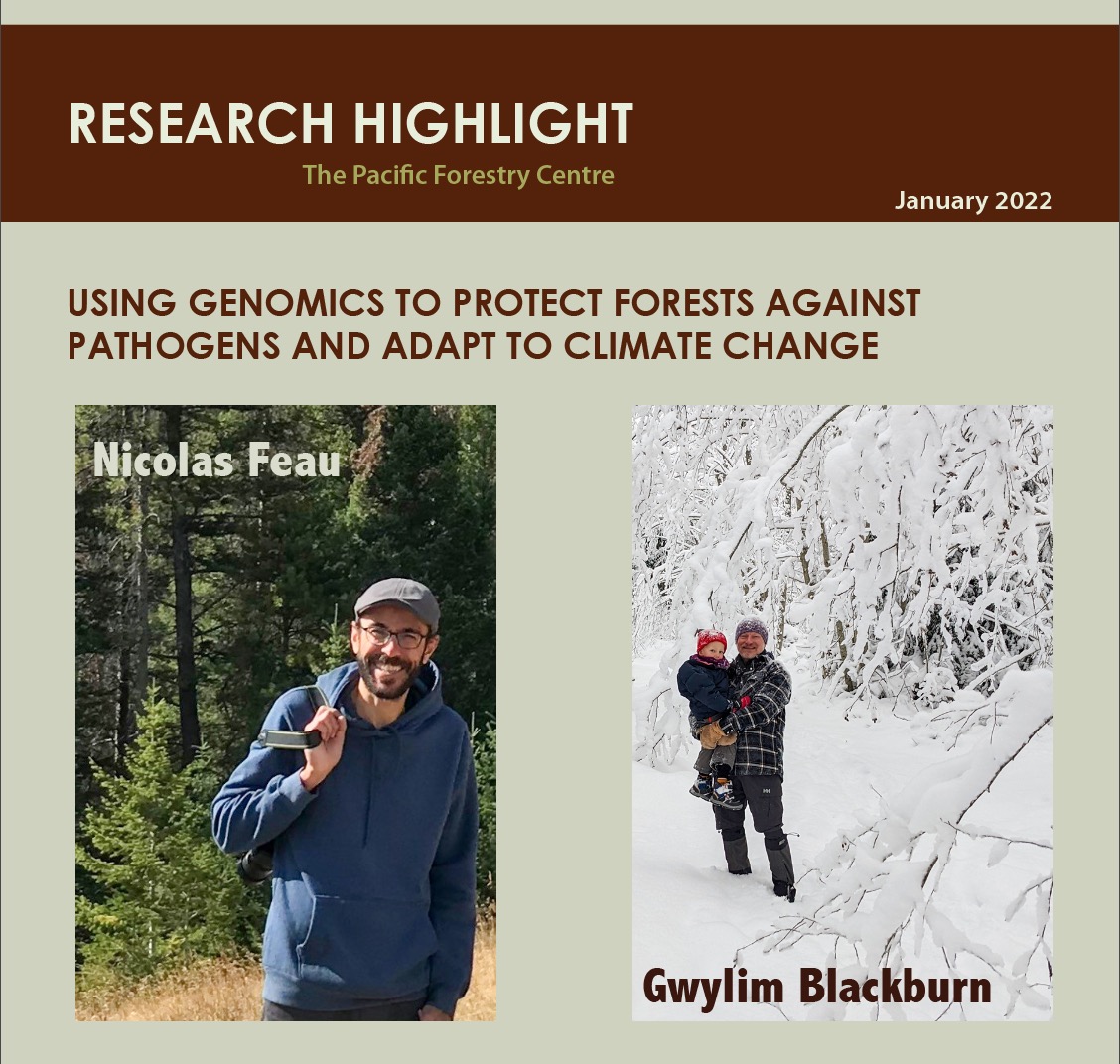

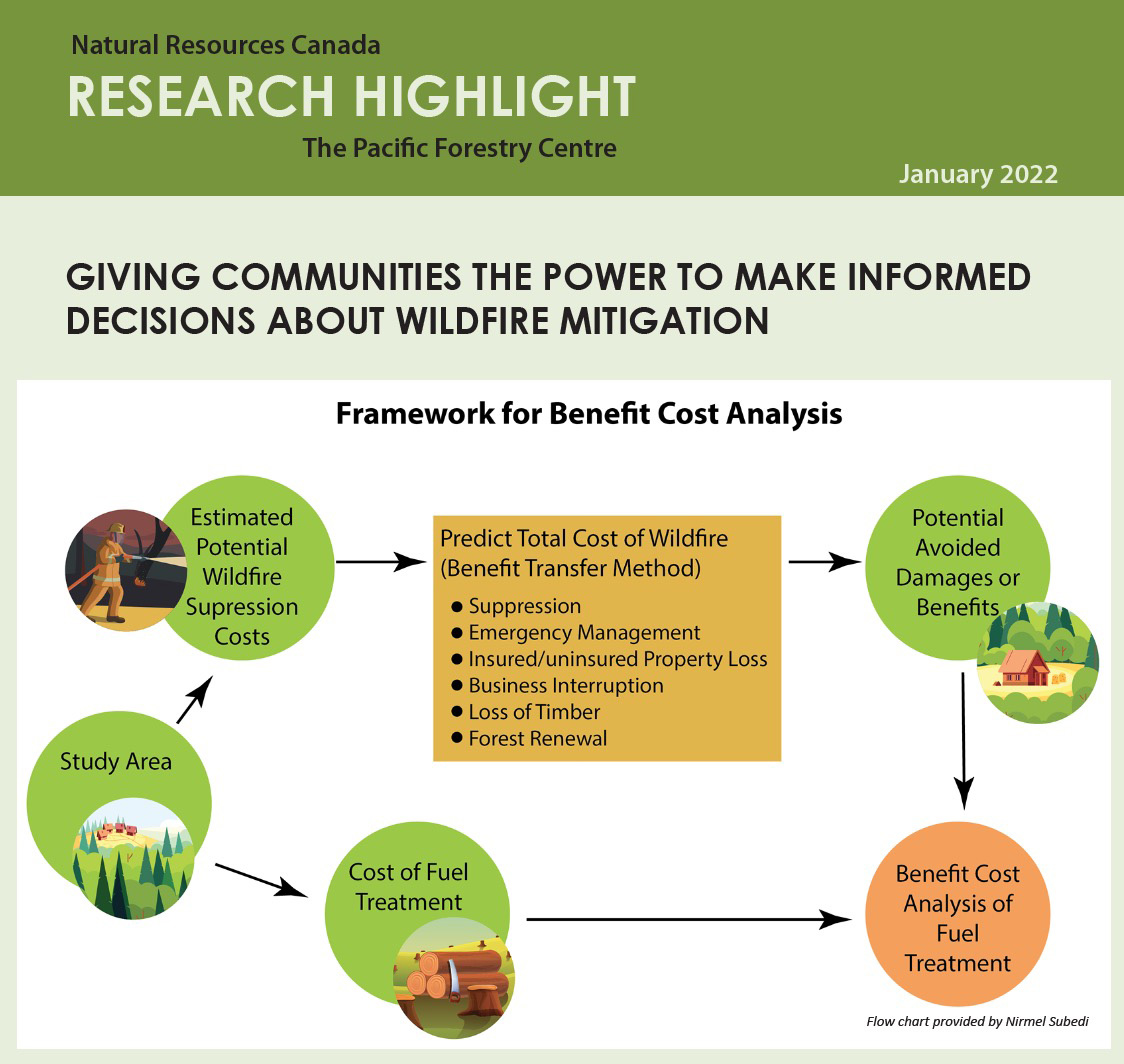 Climate change is increasing the frequency of hotter and drier weather conditions, while past successful wildfire suppression has created large swaths of fire deficit areas across Canada. At the same time, urban sprawl and out-migration is pushing more people and homes beyond city limits and into the transition zone of wildland areas [creating] a greater risk of a wildfire disaster – driving evacuations when fires strike and dramatically increasing the human and financial losses. …To better prepare for and respond to such risks, a team of research scientists at the Pacific Forestry Centre (PFC) in Victoria are evaluating wildfire mitigation options for communities in the wildland urban interface. Two researchers, Nirmal Subedi and Keldi Forbes — Wildfire Research Economists in the Forest Research Economics Group — are developing economic decision making support tools to aid in deciding when and where to implement wildfire suppression treatments crucial to the safety and viability of communities.
Climate change is increasing the frequency of hotter and drier weather conditions, while past successful wildfire suppression has created large swaths of fire deficit areas across Canada. At the same time, urban sprawl and out-migration is pushing more people and homes beyond city limits and into the transition zone of wildland areas [creating] a greater risk of a wildfire disaster – driving evacuations when fires strike and dramatically increasing the human and financial losses. …To better prepare for and respond to such risks, a team of research scientists at the Pacific Forestry Centre (PFC) in Victoria are evaluating wildfire mitigation options for communities in the wildland urban interface. Two researchers, Nirmal Subedi and Keldi Forbes — Wildfire Research Economists in the Forest Research Economics Group — are developing economic decision making support tools to aid in deciding when and where to implement wildfire suppression treatments crucial to the safety and viability of communities.